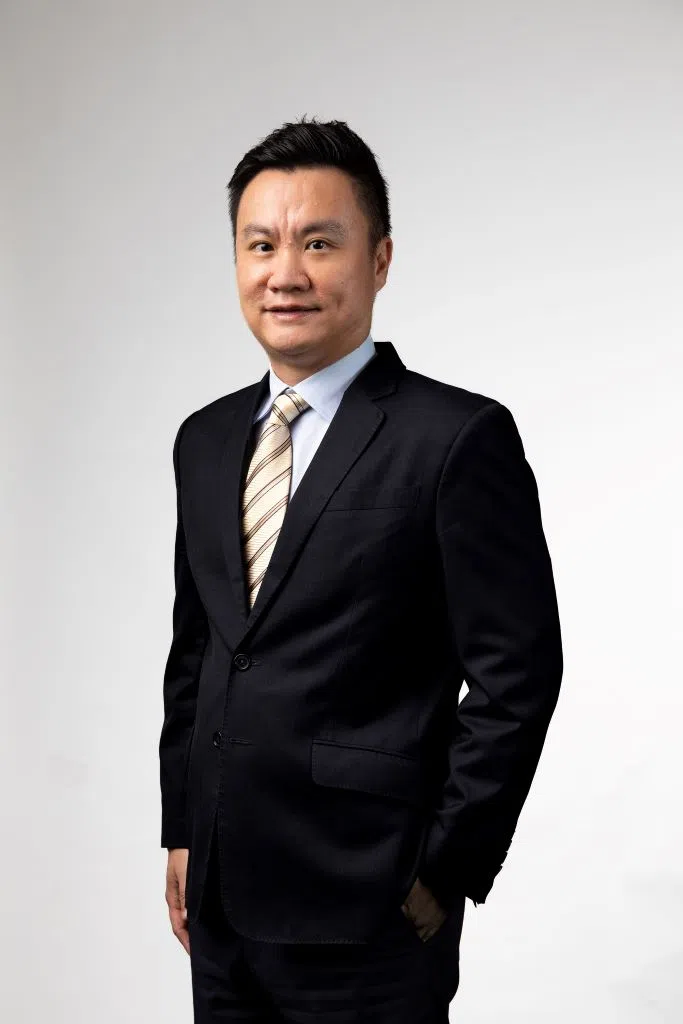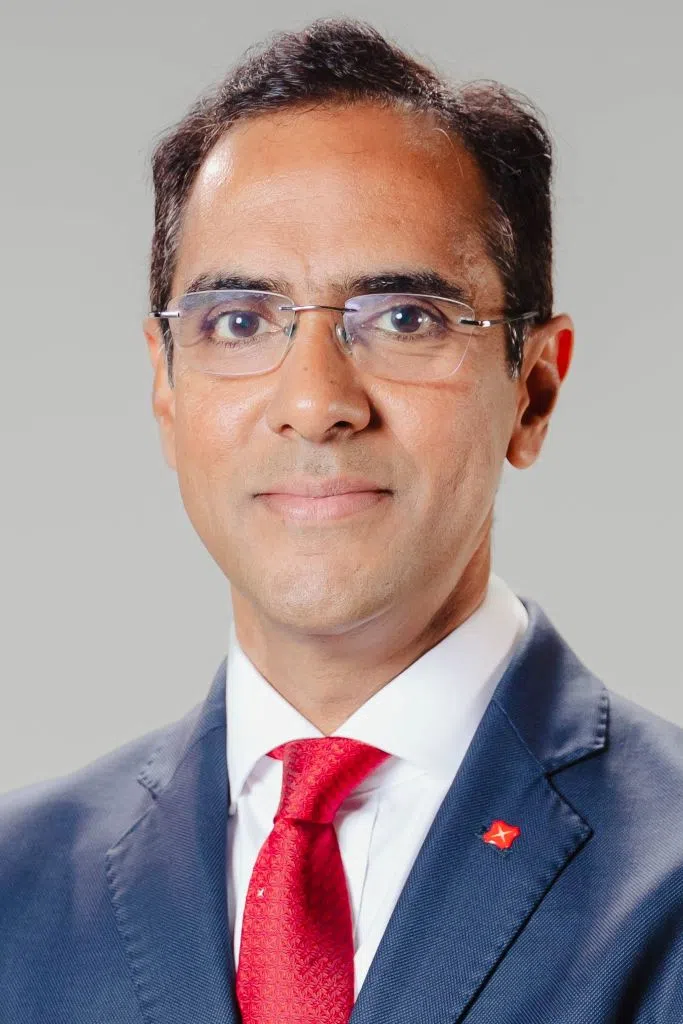From solar energy to zero-carbon fuels: How S’pore is transitioning to a cleaner energy mix
Beyond traditional renewables, the Republic is diversifying its power sources to address growing demand and meet its sustainability goals
Melissa Kong HP
IN A boost for Singapore’s clean energy ambitions, renewable energy solutions provider Terrenus Energy is installing photovoltaic panels atop some 1,200 public housing blocks across the country.
Solar power will then be used to power lighting in the corridors and common areas of these housing blocks, as well as 57 government sites, and commercial and industrial facilities.
Upon expected completion in the last quarter of 2025, these projects – including one of the largest solar energy deployments in Singapore – will significantly cut around 129,000 tonnes of carbon emissions annually, equivalent to removing 28,000 cars from the road each year.
With these latest projects, Terrenus Energy is poised to surpass 300 megawatts-peak in installed solar capacity, a milestone for the eight-year-old company. This project is made possible because of a $300 million green loan facilitated by DBS.
Terrenus Energy CEO Charles Wong says: “Given the capital intensive nature of the renewables industry, financing has been key in accelerating Terrenus Energy’s solar deployment across the island while driving innovation in renewable energy. With enhanced access to resources, we are able to fully optimise available spaces by integrating proprietary designs and cutting-edge solar technologies that maximise energy output. This space-efficient approach is particularly well-suited for Singapore’s land-constrained environments, resulting in higher generation capabilities for the solar installations without any increase in gross floor area.”
Since it was founded in 2016, the company has been working closely with DBS to scale and drive innovation in renewables. For example, Terrenus Energy is developing the world’s first hybrid facility harnessing multiple types of renewable energy resources — solar, wind, and wave — and test-bedding various novel energy solutions such as thermal energy storage systems.
DBS is also helping to scale up deployments in wind power, energy storage systems, and other renewable technologies that are shaping Singapore and the region’s future energy landscape.
Over the past five years, the bank has ramped up its commitment to renewable energy financing, with its portfolio growing from $7 billion in 2022 to $10 billion in 2023. This is part of the bank’s wider sustainable financing commitments, which reached about $70 billion as at end-2023. Growth was driven by new loans granted to key clients across the markets it operates in. For example, DBS advised and arranged the financing for a Singaporean energy client acquiring renewable energy assets in Vietnam.
Kelvin Wong, head of Energy, Renewables and Infrastructure, Institutional Banking Group, DBS, says: “As a bank, we strive to lead the energy transition in Asia-Pacific by advising on and arranging first-of-its-kind transactions. In the case of Terrenus Energy, we not only advised on an appropriate financing structure, but also arranged a financing well received by partner banks, for one of the largest projects in Singapore to date. DBS is committed to scaling up our renewables financing to support the global transition to cleaner energy. Our aim is to not only finance projects but also work closely with innovative industry partners to lower the cost of clean energy deployment and make renewables more accessible across the region, shaping a more sustainable future for generations to come.”

Harnessing renewable energy
By scaling solar capacity across the island through these projects, Singapore is taking a major step towards meeting its growing energy needs in a more sustainable way: Transitioning to a more diverse and resilient energy mix.
Beyond Singapore, the push for renewable energy is also accelerating across South-east Asia, with countries like Indonesia and Malaysia investing in solar and wind projects. Asean aims to have 23 per cent of the region’s total primary energy supply come from renewable sources by 2025, according to the latest Asean energy outlook report.
Wong says: “The region is at an inflection point when it comes to renewable energy adoption. While South-east Asia is emerging as an important player in the global energy transition, the landscape remains complex. We need to harness the growing momentum while also addressing key challenges like grid infrastructure and energy storage to ensure the transition is not only scalable, but also resilient, in the long run.”
The intermittent nature of renewables – which depend on weather conditions and do not produce a constant or predictable supply of electricity – are a perennial challenge in greening the power grid.
To overcome this hurdle, Singapore is expanding its focus beyond traditional renewables, and exploring the use of new clean fuels such as green ammonia.
For land-scarce cities, expanding conventional renewable energy projects could mean choosing between space earmarked for agriculture or urban development and deploying solar or wind turbine farms (see sidebar).
As part of the shift towards a more sustainable energy mix, Singapore is also positioning itself as a leader in new clean fuels like green ammonia, which is gaining attention as a potential game-changer for decarbonising industries such as shipping and power generation.
Green ammonia is produced by using renewable energy to generate hydrogen, which is then combined with nitrogen to produce ammonia, resulting in a zero-carbon fuel.
DBS’ Wong says: “While renewables are vital to Singapore’s strategy, they are not the only pathway to transition – our city’s geographic and resource constraints mean conventional renewable energy sources alone cannot meet our energy needs. This is where complementary solutions such as green ammonia can come in as scalable and stable alternatives, especially for hard-to-abate sectors like shipping and power generation that require an uninterrupted energy supply. By innovating and diversifying its clean energy mix, Singapore is taking steps towards building long-term energy resilience.”
Jurong Island, Singapore’s petrochemical hub, is set to become a testing ground for these new fuels. In 2024, the government launched a pilot project to explore green ammonia’s potential in marine fuel and power generation.
With the maritime sector accounting for 2 to 3 per cent of global emissions, green ammonia could offer a viable solution to decarbonise shipping, and Singapore is well-placed to drive innovation in this area.
Ganesh Padmanabhan, head of Project Finance, Institutional Banking Group, DBS, says: “We are committed to driving innovation in clean energy solutions that have the potential to decarbonise key sectors. Delivering positive impact is an integral part of our financing strategy, which will simultaneously bolster Singapore’s role as a global leader in the energy transition. By mobilising investments in both renewable energy and next-generation fuels, DBS is empowering our clients to build a resilient and sustainable energy future.”

Going forward, scaling the development of new, clean fuels to complement traditional renewable energy sources will be critical.
By investing in a range of solutions – from traditional renewables like solar to new technologies such as green ammonia – Singapore is taking a balanced approach to ensuring long-term energy resilience. Such a diversified strategy not only secures the country’s own energy supply, but also contributes to global efforts to combat climate change.
Managing the trade-offs in renewable energy
South-east Asia has accelerated its use of renewables like solar and wind, but deploying sufficient capital for renewable energy remains a challenge as countries grapple with scaling grid infrastructure and ensuring energy stability. Despite ambitious carbon-neutral targets, some nations may need to rely on conventional power sources such as natural gas, to maintain a stable energy supply.
Amid the transition, balancing the space required for energy generation with nature conservation has also become increasingly critical.
Tackling this holistically requires changes in legislation and policies, including increased regional cooperation, to drive more resources towards quicker deployment of low-carbon technologies and attract more capital from foreign investors and financial institutions.
From a financing perspective, DBS recognises the importance of striking the right balance between economic growth and nature conservation. According to Helge Muenkel, chief sustainability officer at DBS, the bank takes into account nature considerations into its financing policies, prohibiting activities like deforestation in high-conservation-value forests, among others. To better understand the impact of its financing on the natural world, DBS is working with a leading UK-based university to assess how its portfolio impacts nature.
The bank is also increasing involvement in nature-related financing solutions. In June 2024, DBS partnered with real estate developer CDL to launch a first-of-its-kind $400 million sustainability-linked loan aimed at advancing nature conservation and sustainable development in Singapore. This landmark loan has criteria guided by the ambitious targets set by CDL in its adoption of the Taskforce on Nature-related Financial Disclosures Recommendations. It incorporates specific performance targets related to biodiversity conservation, waste management and water efficiency.
This combination of environmental considerations and regional collaboration ensures that the transition to clean energy does not come at the expense of biodiversity or economic stability. Sustainable financing, supported by strong policies and technological advancements, will be crucial for South-east Asia’s energy transition.
For more on DBS’ sustainability financing, visit the website here.

Copyright SPH Media. All rights reserved.
